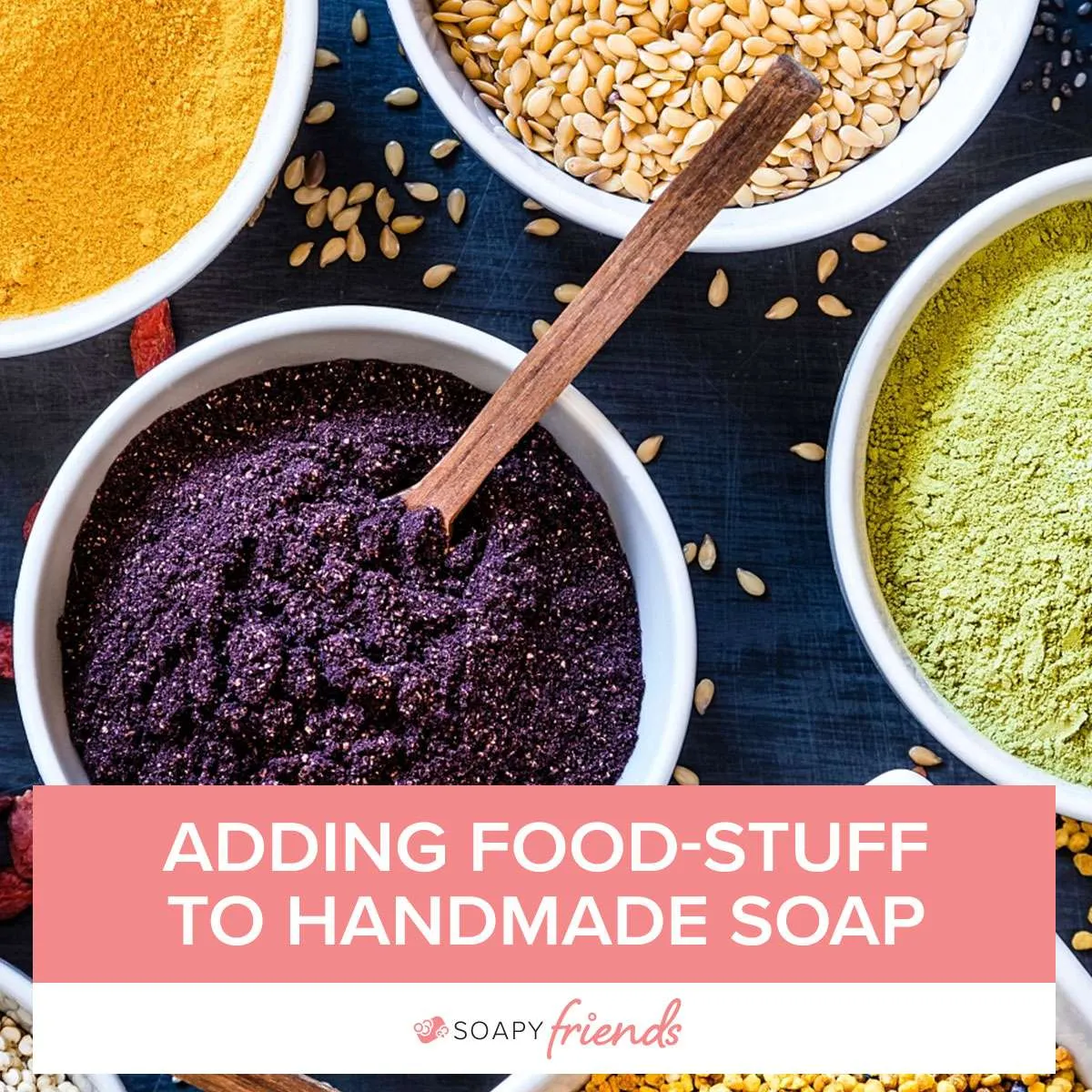Yesterday I unmolded a batch of soaps and saw it had dark spots. I do not know if they are DOS or Glycerin. Does someone know?
The soap was made using 3600 grams of oils: 80% of Pure Unrefined Shea Butter and 20% of Coconut Virgin Organic oil. To the oils I added 2 1/2 tablespoons of honey (which heated up the soap, the heat lasted all night long, I estimate 10-12hs. The Liquid: Lye Ratio was 2.6:1. The fragance I used was a mixture of frangances I used a week before, and gave me no problem. The colorants are clay (white and pink), anatto grounded seeds (yellow) and Indigo powder (blue). I am not sure if the heat and high water content of the formula made glycerin spots, or the unrefined pure oils made DOS... Please look at the images and see if someone knows what happened...
The soap was made using 3600 grams of oils: 80% of Pure Unrefined Shea Butter and 20% of Coconut Virgin Organic oil. To the oils I added 2 1/2 tablespoons of honey (which heated up the soap, the heat lasted all night long, I estimate 10-12hs. The Liquid: Lye Ratio was 2.6:1. The fragance I used was a mixture of frangances I used a week before, and gave me no problem. The colorants are clay (white and pink), anatto grounded seeds (yellow) and Indigo powder (blue). I am not sure if the heat and high water content of the formula made glycerin spots, or the unrefined pure oils made DOS... Please look at the images and see if someone knows what happened...













